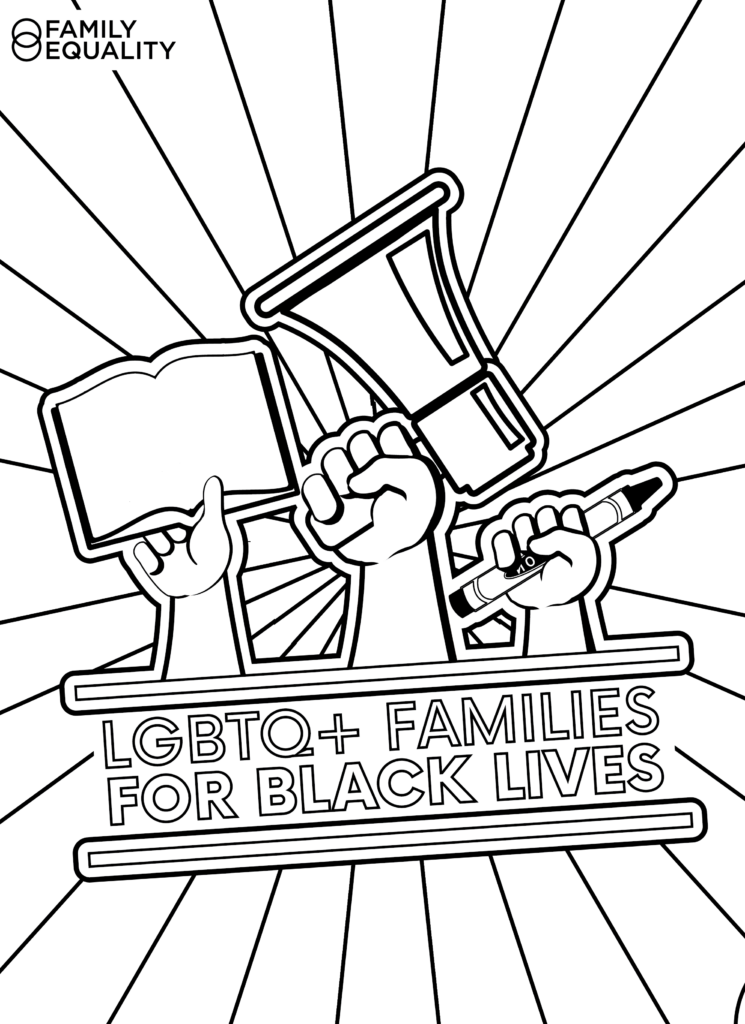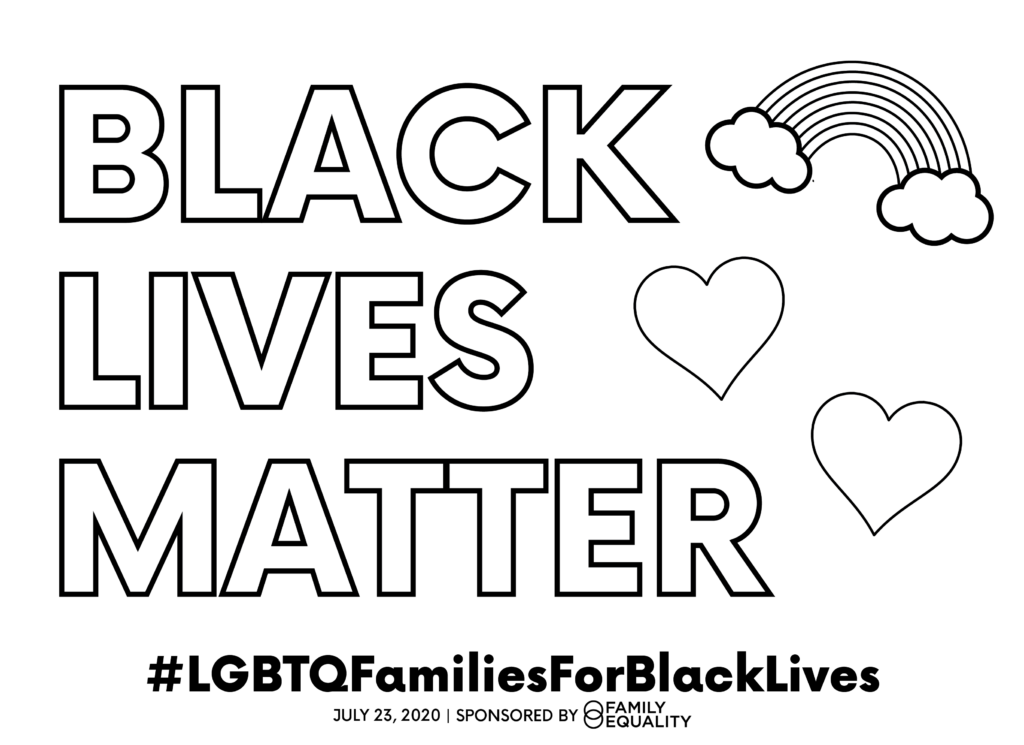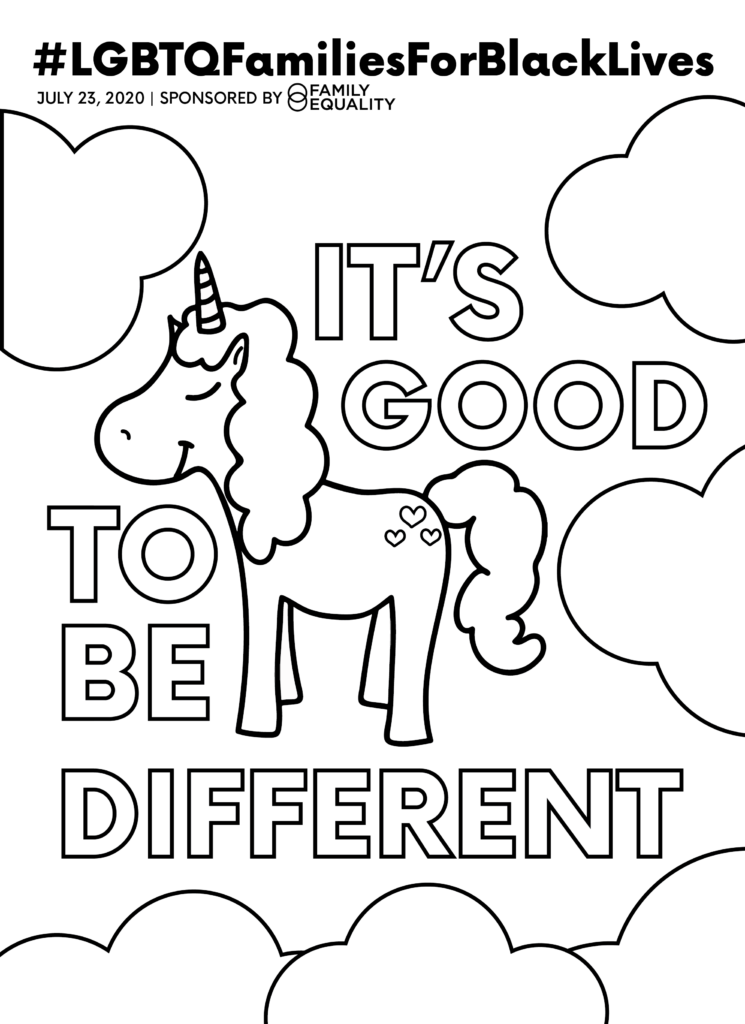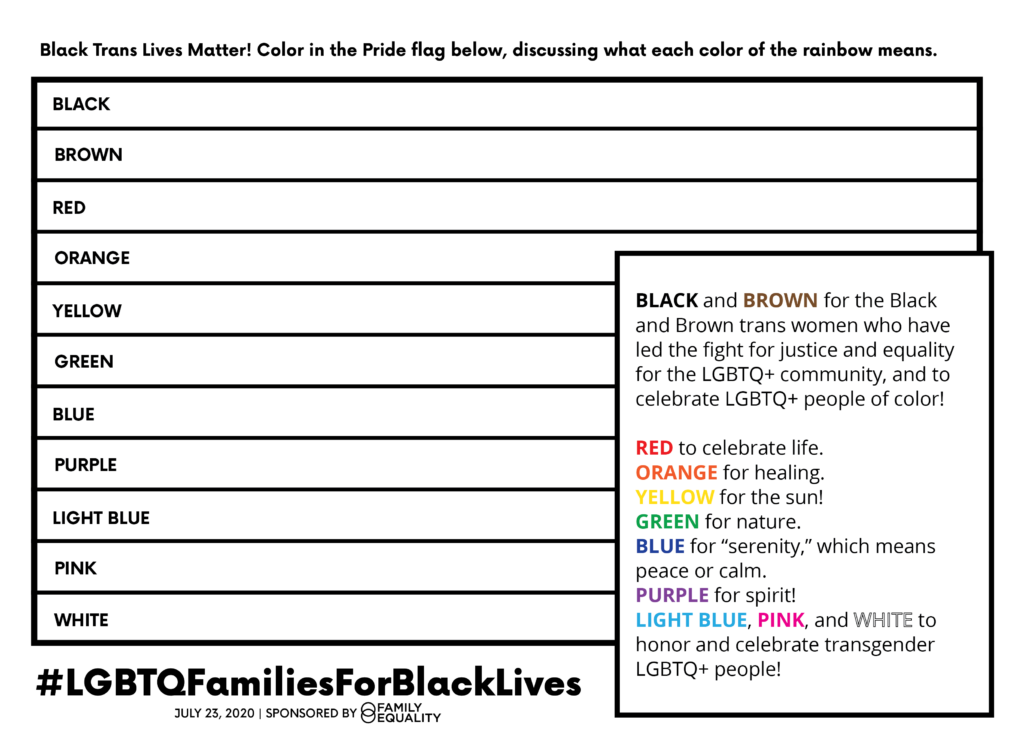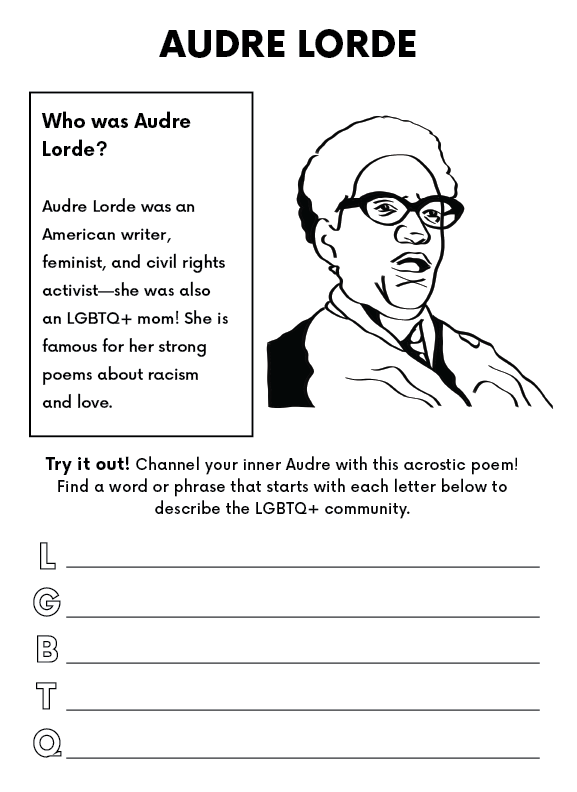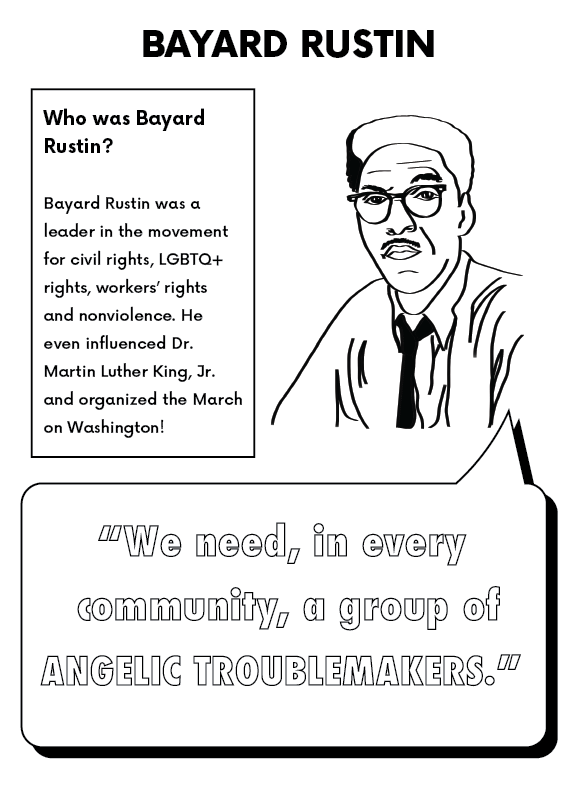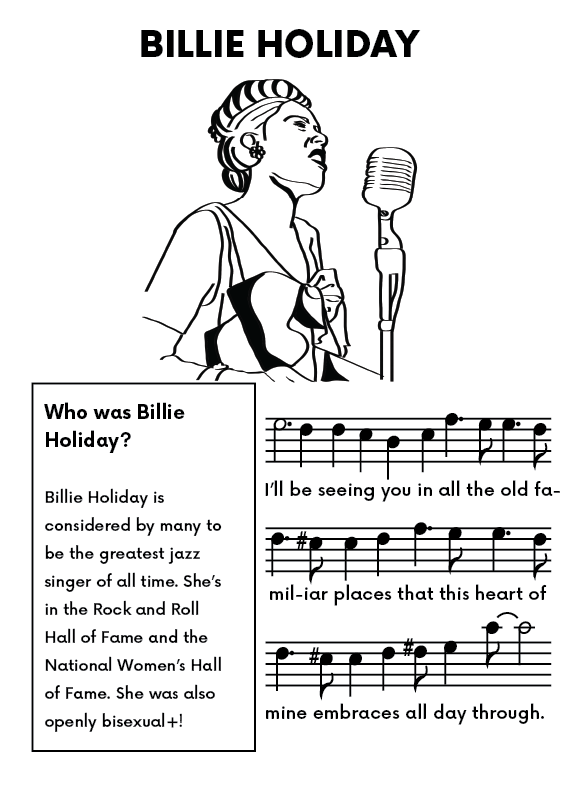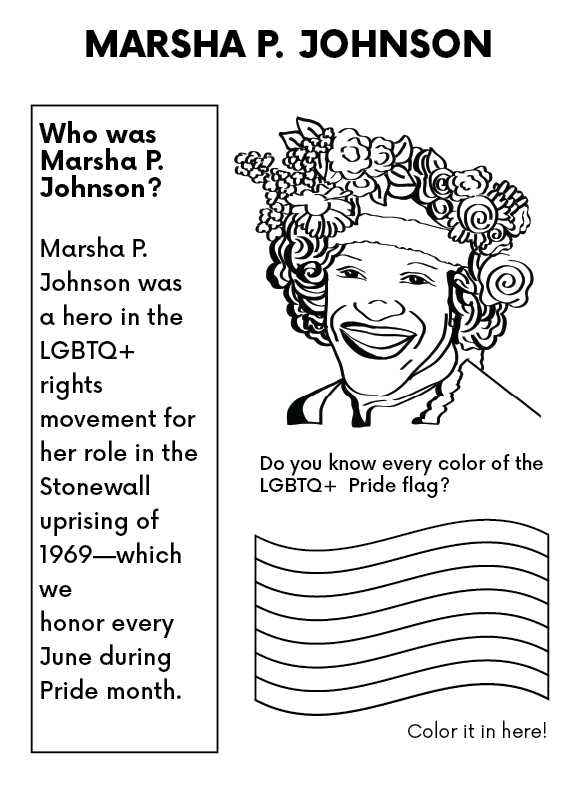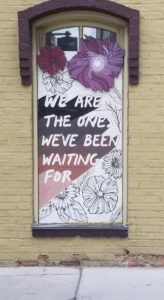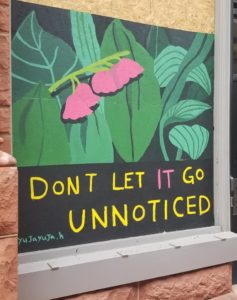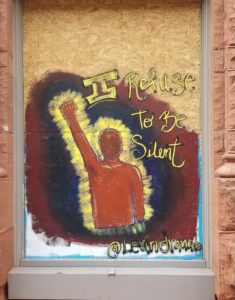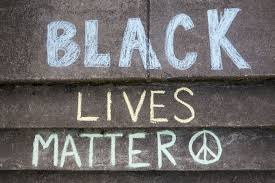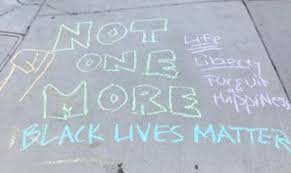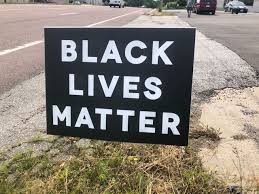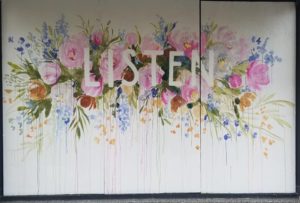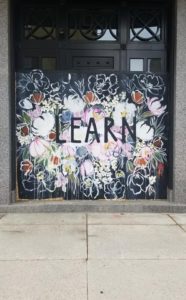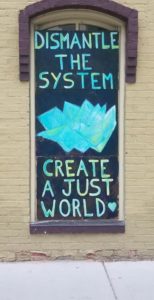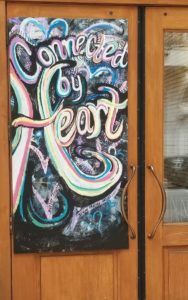Last Updated: February 2021
Our toolkit seeks to empower families to deepen their anti-racism work through tangible, age-appropriate opportunities to explore and celebrate Black excellence. It is our hope that with this toolkit, you may start or continue conversations in your household and community.
For Our Littles
(0–4 years old)
No one is too young to learn about Black history and anti-racism! In the past, many parents have assumed that the best approach to addressing race with young kids is to ignore it altogether. But little ones are curious, and observing differences is one of the first critical thinking skills they develop. The caretaker’s task is to lay the groundwork for compassion and empathy by celebrating these differences, not ignoring or avoiding mention of them.
One way to do this is to actively seek out non-white centered books, cartoons, movies, toys, and more. Unfortunately, it’s not as easy as it should be to find diverse and inclusive content. But the earlier you introduce children to works that center BIPOC voices, the easier conversations about race will be in the future.
In addition to incorporating diverse voices into your everyday routine, there are a number of ways to tackle complex topics like race and racism directly with really young children. And, it is so important to start these conversations early, while a child’s brain and perception of the world around them are rapidly developing.
Consider the following activities for facilitating anti-racist discussions with your Littles:
🖍️ Break out the crayons and get coloring!
Our #LGBTQFamiliesforBlackLives coloring sheets are a fun way to get the conversation started. And, our Black history coloring book pages can provide you and your family with the opportunity to explore more about Black LGBTQ+ heroes throughout history! Click on the links below to download the sheets and print.
⚠️ Start with “Safe.”
We all deserve to feel safe. With storytimes and discussion questions, Woke Kindergarten is reimagining what engaging, racially just learning for Littles (and adults!) can look like, and their 60-second text exploring what the word “safe” means is a great gateway to talking about a number of complex issues. As you watch with your little one, answer Ki’s questions out loud:
- What makes you feel safe?
- Who makes you feel safe, and why?
- Why do some people feel safe with police and other people don’t?
- What can you do to make sure other people feel safe?
📚 Sit down for storytime.
There are a number of stellar opportunities to learn from Black LGBTQ+ educators & content creators—and non-Black LGBTQ+ allies—whose job is finding creative, age-appropriate ways to talk about race with Littles. So before you settle down for naptime or while you’re enjoying some snacks, check out…
- In the Garden with Dr. Carver, a KidTimeStoryTime all about George Washington Carver, who made history by dedicating his life to improving people’s lives through nature.
- “The Tutu Teacher,” aka Vera Ahiyya, who takes 13 minutes to talk about what racism is and how it has impacted the lives of Black and Brown people. Vera also reads the story Let’s Talk About Race by Julius Lester. Click here to watch.
- “Queer Kid Stuff,” aka Lindz Amer, has a whole playlist about privilege and identity, covering the basics of what diversity is and going all the way through to discussions of race, privilege, and intersectionality! Click here to start.
- BONUS: Lindz worked with us in June 2020 to create special storytime all about Black LGBTQ+ Revolutionaries! Click here to learn about the Black LGBTQ+ heroes who made history.
- Teaching Tolerance is a program out of the Southern Poverty Law Center, and their 3-minute video about intersectionality covers the basics of this complex topic. Click here to learn.
Or visit the bottom of this page for Black history and anti-racist books you and your Littles can read together!
🔍 Have a scavenger hunt!
Recognizing and addressing diversity is the first step to celebrating it! Give your family a set amount of time and see who can find the highest number of…
- Different kinds of fruit
- Different colored legos
- Different kinds of stuffed animals
- Dolls with different hair color, skin color, size, and clothes
Use this as an opportunity to acknowledge that, just like all of the items they spotted in their scavenger hunt, people are different too. The way people look, talk, act, learn, walk, and live might be different, but those differences make them beautiful!
For Our Middles
(5–9 years old)
Because kids at this age have been exposed to more of what’s going on in the world through friends at school, conversations at home with other family members, or what they see on TV, they’re often having discussions about race without even realizing it. They’re already asking questions about fairness and differences, and they’re often eager for answers!
Consider the following activities for engaging in anti-racist conversations with your Middles.
🎨 Make public art!
Art is a long-standing form of activism. From graffiti to theatre, social movements throughout history have been fueled by art.
Take some time to learn about some history-making art from Black creators—like artists Kehinde Wiley and Amy Sherald, who made recent history by painting the official presidential portraits of President and First Lady, Barack and Michelle Obama.
Then, create a poster that can be hung in your window at home or a small masterpiece for your family’s car that tells the world that you and your family unequivocally believe that Black Lives Matter.
You could also grab some chalk and head outside! Draw on the sidewalk or the driveway—anywhere that others can see your family’s commitment to anti-racism! Remember that racism happens in public. By taking a clear stance, your family can show everyone around you that you believe in a world where Black people can live free of violence and fear; where everyone is treated with fairness and respect. Public art can truly change culture, and your children can be part of that change!
🎶 Have a dance party.
Alphabet Rockers make music that makes change, and by listening to their songs you can start valuable conversations with children about creating a more equitable world. In particular, give “Stand Up for You” a listen and work together to think about actions you can take to be in solidarity with folks who don’t look like you. Write your ideas down and vow to do two of them a week!
You can also listen to Alphabet Rockers’ “Throw Shine on Black History,” an entire album dedicated to lifting up heroes of Black History and Future.
For Our Youth
(10-15 years old)
Kids at this age are beginning to cement their sense of identity, which means it’s more important than ever to actively engage them in anti-racist work. Of course, at this age, youth may be watching the news, scrolling through social media, and talking to friends about current events. Taking concrete action empowers them to make an impact on the world by contributing to a brighter future for us all.
Consider the following anti-racist activities for your 10–15-year-olds.
📩 Talk to your legislators!
You don’t need to be able to vote in order to advocate for change. Work with your youth to find and contact your elected officials and urge them to be more anti-racist!
- Explore the impact of legislation on our everyday lives by learning more about the Civil Rights Act, the Voting Rights Act, the Fair Housing Act, and more major milestones in the Civil Rights Movement.
- Learn more about what anti-racist policies look like by checking out the NAACP’s demands for criminal justice policy, economic policy, healthcare policy, and voting policy.
- Find your state and federal legislators here.
- Use our template (or create your own!) to write a letter demanding that lawmakers create policies that clearly show that Black lives matter, and if you feel comfortable, take a photo of the letter and post it online using #LGBTQFamiliesforBlackLives. You can also post the letter on Twitter, Instagram, and/or Facebook, tagging your legislator there (in addition to sending the physical letter in the mail.
📗 Watch, listen, and read.
A crucial piece of anti-racist work is learning about the experiences and history of people of color. At the end of this toolkit, we’ve curated a list of books, movies, TV shows, podcasts, and Instagram accounts by creators of color. Take a look at that list and have the young person in your life put a star next to the books, shows, and movies they’d be interested in watching. Then, create a calendar so that you’re setting aside time every week to consume and discuss those works. Don’t forget to allow time for discussion after experiencing the media; processing what they’ve seen is a critical way for young people to integrate the ideas presented into their lives.
🍋 Start a “lemonade stand.”
Learning not only how to raise money but how to give it back is so important for young people. Ask youth what they might want to sell (like homemade bracelets, drawings, baked goods…the sky is the limit!) and work with them to find a way to market virtually or from a safe distance with signs, social media, or phone calls to friends and family. Use the list of organizations at the end of this toolkit or find your own and empower youth to decide which anti-racist cause they want to give their profits to. Then…get selling!
🥘 Get cooking!
Cooking is a great opportunity to learn more about different cultures and start conversations about Black history.
Consider setting aside some time to make one of Edna Lewis’s famous Southern recipes, like these mouth-watering biscuits, while talking about her legacy! As the granddaughter of formerly enslaved people, Edna became known as the “Grande Dame of Southern Cooking,” inspiring generations of young chefs to preserve the traditional folkways of the South at a time when female chefs were few and Black female chefs were even fewer. Check out some of her recipes here and consider adding the Edna Lewis Cookbook—which includes stories from Lewis’s childhood in addition to various histories of Southern cooking—to your reading list!
For Young Adults
(15+)
📣 Speak Out
Social media has become a major tool for this movement, and learning how to use social media to learn more and speak out is a valuable skill for young people to have! Sit down with your teen and review the following Instagram accounts. If your teen has a social media account already, ask them to pick out 3 or more posts from those accounts that they’d like to share with their own network to spread the word. If your teen doesn’t have an account, take the time to recognize which posts spark further discussion with them and delve deeper into research on those topics or themes.
Recommended accounts to explore together:
- @Ava, aka Ava DuVernay, is a Black woman making history as the creator of When They See Us, 13th, A Wrinkle in Time, Selma, and much, much more.
- @blackhistory is an account dedicated specifically to highlighting Black history.
- @blklivesmatter is the official Instagram account for the #BlackLivesMatter Global Network.
- @ckyourprivilege, founded my Myisha Thill, features a series of resources to help people on their journey to dismantle their relationship with systems of domination.
- @Ibramxk aka Ibram Kendi, New York Times best-selling author, National Book Award Winner, and director of the Center for Antiracist Research.
- @ohhappydani, aka Danielle Coke, uses her art, words, and platform to talk about racial justice.
- @race_women features posts about our earliest Black feminist foremothers, for a quick dive into Black history!
🧡 Listen.
It may be the case that your teen is a person of color who has wanted to share their experiences with you in a safe space, or that they are otherwise already very aware of the movement for Black lives. Work to create a conversation where you aren’t simply “teaching” your teen about this movement, but where you’re also allowing yourself to listen to and learn from them. Sometimes young adults don’t feel that their parents value their thoughts and opinions.
Remember the responsibility to start these conversations and create safe spaces where young people feel comfortable discussing such topics falls on the adult. It is not your child’s job to teach you about their culture—but by initiating these honest conversations, you can show them that you value their thoughts and respect their experience.
📝 Contribute to the conversation.
Traditional media is another important place to shift conversations, and there are plenty of opportunities for young people to contribute their opinions and alter a community’s perspectives. Take the time today to work on a letter to the editor of your local paper talking about the Black Lives Matter movement or highlighting a Black creator, activist, scientist, or politican making history today!
You can also find anti-racism articles and videos from traditional news media and share those on social to start conversations with peers.
🖼️ Explore.
Who said you need to leave your home to explore centuries of Black history and culture? The National Museum of African American History and Culture has a number of special exhibits and collections that you can view online for free. In fact, they have a collection specifically for African Americans who are part of LGBTQ+ history! Decide as a family with exhibits you want to explore, read the foundational text, and share your thoughts on the items on display. What pieces surprise you? Move you? Show you a new perspective? Tell you something you didn’t know? Inspire you to make a change?
Continuing the Conversation
Anti-racist work can’t be done in one day. It is long, complex, and important work that we encourage you to engage with as often as you can. For more guidance, check out these additional resources!
📚 Read
For Littles
- A is for Activist by Innosanto Nagara
- Anti-racist Baby by Ibram X. Kendi
- RuPaul Charles (People of Pride) by Little Bee Books (Author), Vincent Chen (Illustrator)
- Woke Baby by Mahogany L. Browne
For children’s books with characters of color, be sure to check out Black Baby Books and Eye See Me.
For Middles
- Black is a Rainbow Color by Angela Joy
- The Book is Anti-Racist: 20 Lessons on How to Wake Up, Take Action, and Do the Work by Tiffany Jewell
- Leaders Like Us: Bayard Rustin by J.P. Miller (Author), Markia Jenia (Illustrator)
- Sylvia and Marsha Start a Revolution! by Joy Michael Ellison (Author) and Teshika Silver (Illustrator)
- We Rise, We Resist, We Raise Our Voices by Wade Hudson & Cheryl Willis Hudson
For Youth
- The Hate U Give by Angie Thomas
- Making Our Way Home: The Great Migration and the Black American Dream by Blair Imani, illustrated by Rachelle Baker
- March by John Lewis
- Stamped: Racism, Anti-Racism, and You by Ibram X. Kendhi & Jason Reynold
- Troublemaker for Justice: The Story of Bayard Rustin, the Man Behind the March on Washington by Jacqueline Houtman
For Young Adults
- All Boys Aren’t Blue by George M. Johnson
- Punching the Air by Ibi Zoboi and Yusef Salaam
- This is My America by Kim Johnson
- When I Was the Greatest by Jason Reynolds
- Yesterday is History by Kosoko Jackson (out 2021)
📺 Watch
For Littles
- Woke Kindergarten
- Queer Kid Stuff
- Coming Together: Standing Up to Racism with “Sesame Street” and CNN
For Middles
- Akeelah and the Bee (2006)
- The Princess and the Frog (2009)
For Youth
- The Hate U Give (2018)
- Hidden Figures (2016)
- Selma (2014)
For Young Adults
- See You Yesterday (2019)
- Black-ish (2014–)
- Dear White People (2017–)
🎧 Listen
For Middles
- SO GET ME (from Alphabet Rockers)
- Stoopkid Stories
For Youth
- Code Switch (from National Public Radio)
- Book Club for Kids
For Young Adults
- Floodlines (from The Atlantic)
- Intersectionality Matters! (from the African American Policy Forum)
- 1619 (from The New York Times)

